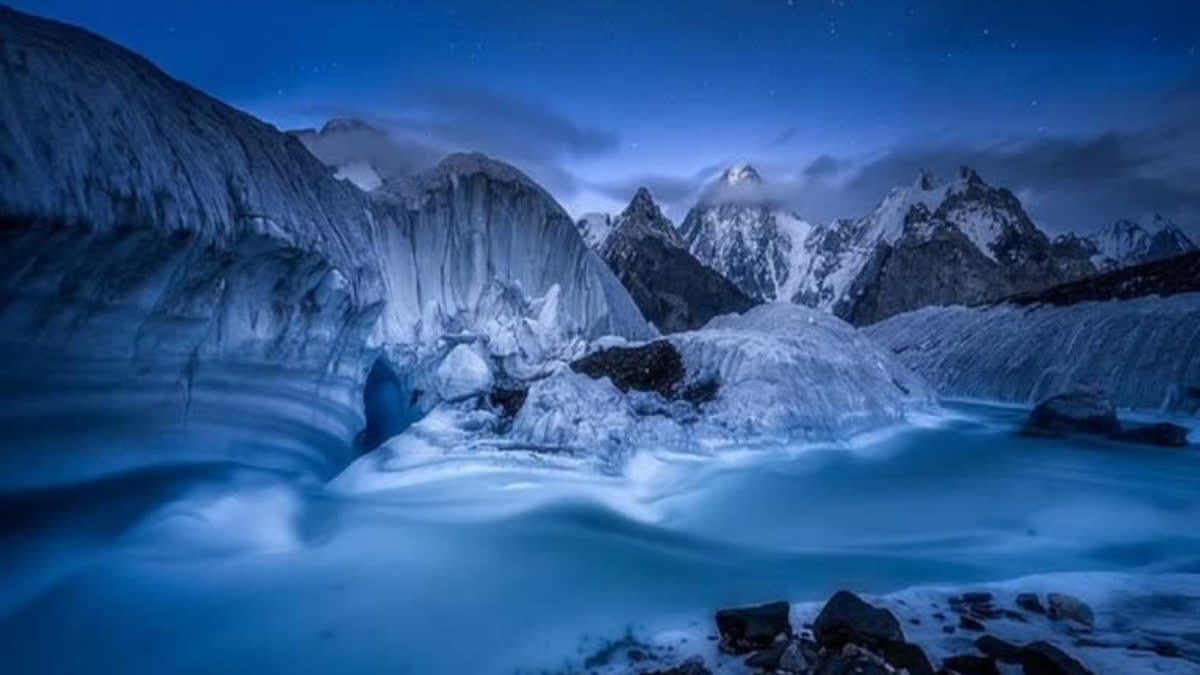New Delhi: The mass loss of lake-terminating glaciers in the greater Himalayas has been significantly underestimated from 2000 to 2020, due to the inability of satellites to see glacier changes occurring underwater, according to a study. The finding, published in the journal Nature Geoscience, has critical implications for the region's future projections of glacier disappearance and water resources.
The international team, including researchers from the University of St. Andrews (UK), and Carnegie Mellon University (US), found that a previous assessment underestimated the total mass loss of lake-terminating glaciers in the greater Himalaya by 6.5 per cent. The most significant underestimation of 10 per cent occurred in the central Himalaya, where glacial lake growth was the most rapid, the study found. A particularly interesting case is Galong Co in this region, with a high underestimation of 65 per cent.
This oversight was largely due to the limitations of satellite imaging in detecting underwater changes, which has led to a knowledge gap in our understanding of the full extent of glacier loss, the researchers said. They found that from 2000 to 2020, proglacial lakes in the region increased by 47 per cent in number, 33 per cent in area, and 42 per cent in volume.
This expansion resulted in an estimated glacier mass loss of around 2.7 gigaton (Gt), equivalent to 570 million elephants, according to the researchers. This loss was not considered by previous studies since the utilised satellite data can only measure the lake water surface but not underwater ice that is replaced by water.
